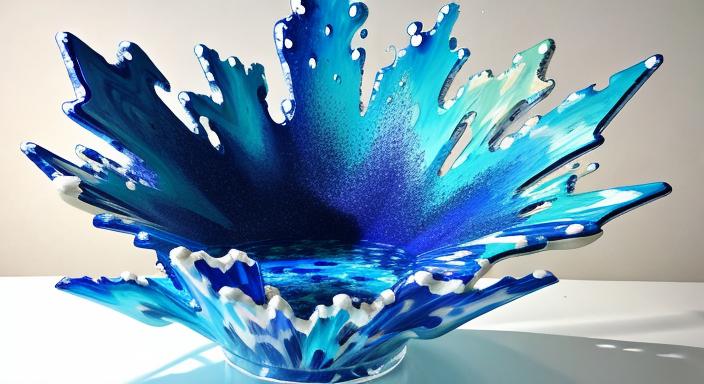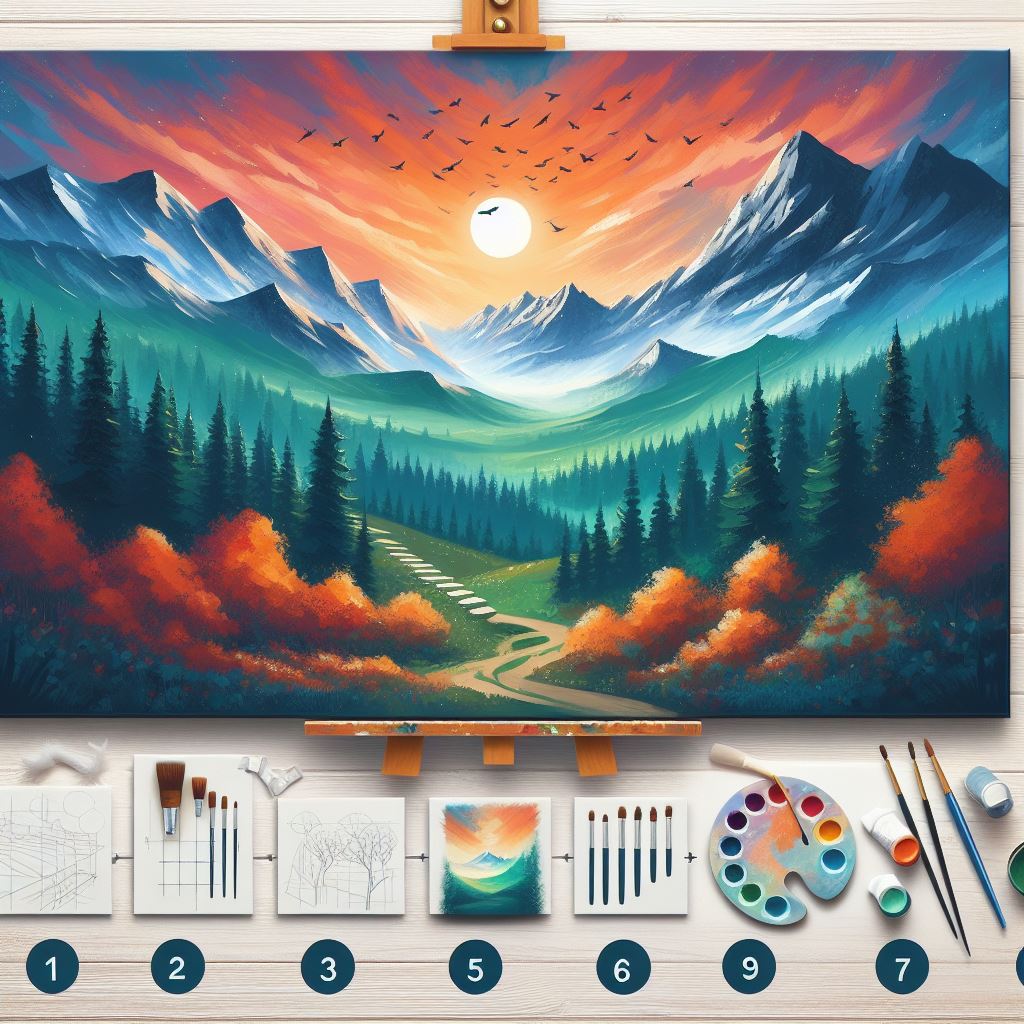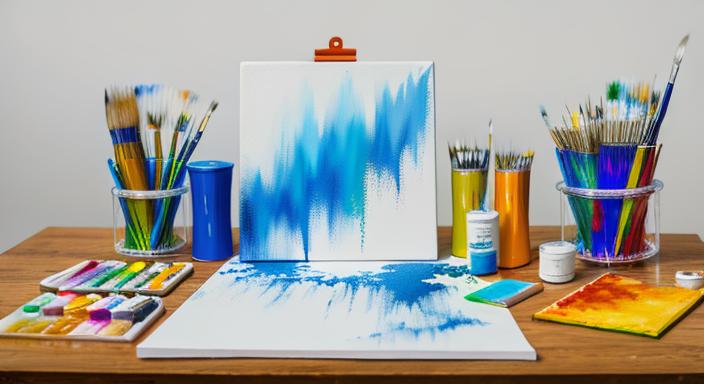As a beginner in acrylic painting, understanding the basics of blending and layering is crucial for creating visually stunning artwork. In this article, we will explore the Acrylic Layering Techniques and tools required for mastering acrylic layering, focusing on the needs of beginners.
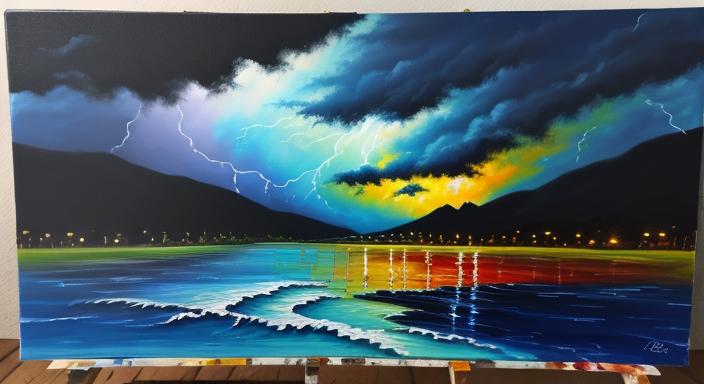
Introduction
Acrylic painting offers a vibrant and versatile medium for artists to express their creativity. One of the essential skills in acrylic painting is mastering the art of blending and layering. These techniques allow artists to create seamless transitions between colors, depths, and textures, resulting in captivating and visually stunning artworks.
Understanding Blending and Layering
Blending
Blending refers to the process of smoothly mixing two or more colors on the canvas to create gradual transitions between them. This technique is crucial for achieving soft edges, gradients, and realistic transitions in your artwork.
Layering
Layering involves the application of multiple coats of paint, one atop another. Each layer can introduce a unique color, texture, or opacity. Layering empowers artists to construct depth, imbue intricate details, and craft complex visual effects.
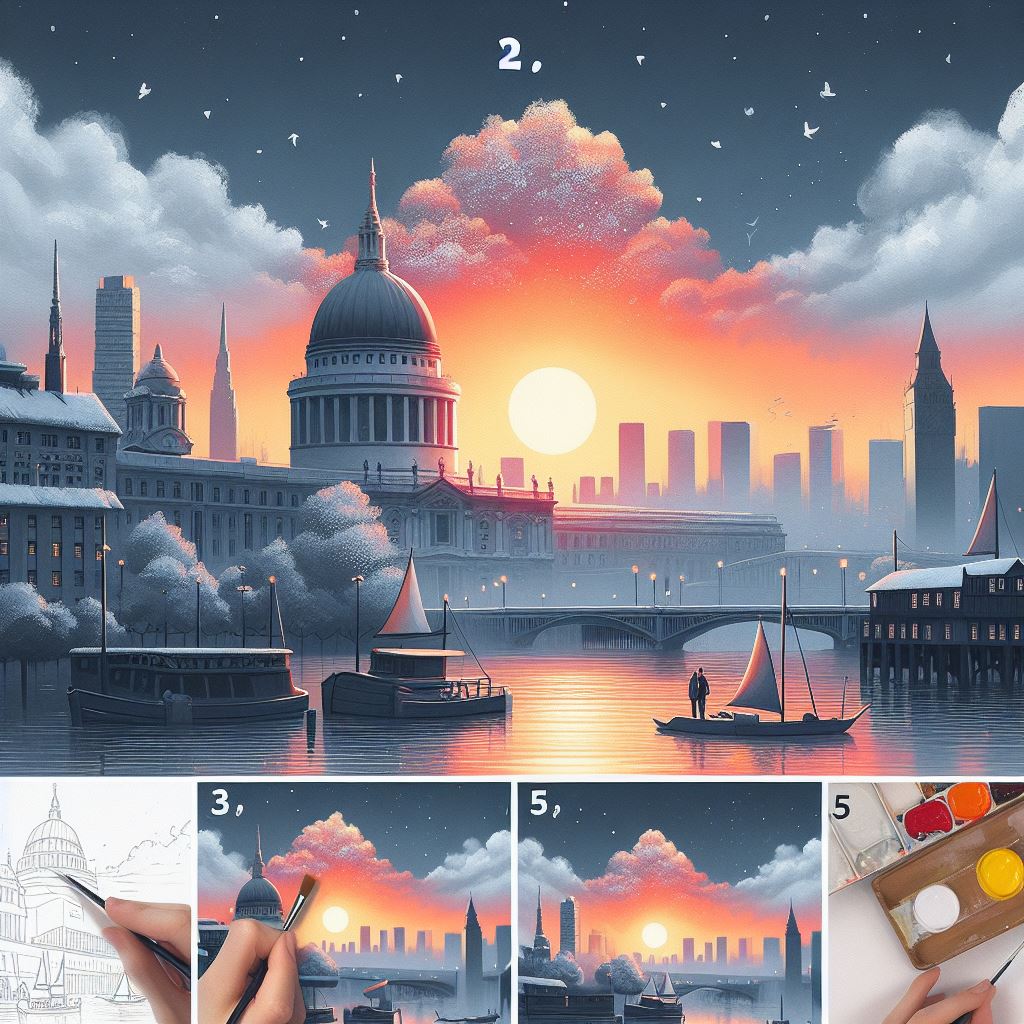
Tools and Materials for Acrylic Layering Techniques
To excel in blending and layering, securing the right tools and materials is paramount:
- Acrylic Paints: Opt for high-quality acrylic paints boasting a diverse color spectrum. Acrylics are celebrated for their brilliant pigments and rapid drying properties, making them an ideal choice for blending and layering.
- Acrylic Brushes: Diverse brush types, including filbert, round, and flat brushes, facilitate the attainment of various blending and layering effects.
- Palette: A palette provides the perfect surface for mixing and blending your colors before they grace the canvas.
- Water or Acrylic Mediums: Water can be employed to dilute acrylic paint, rendering it more conducive to seamless blending. Acrylic mediums, like glazing or retarders, not only enhance blending but also extend drying time, affording more creative freedom.
- Canvas or Surface: Select a canvas or surface that aligns with your artistic vision. A smoother surface typically facilitates blending, enabling artists to capture seamless transitions and craft complex depth and texture.
Techniques for Blending and Layering
Blending Techniques
- Feathering: This technique produces seamless transitions between colors, ideal for creating soft gradients, subtle shadows, or realistic skin tones. Feathering requires precision and control, making it a valuable skill for artists seeking nuanced blending.
- Palette Knife: Palette knives open up a world of possibilities for layering and adding texture to your acrylic paintings. These versatile tools allow you to work with thick impasto layers and create unique textures.
Layering Techniques
- Glazing: This technique involves applying thin, transparent layers of paint over a previously dried layer. Glazing allows artists to create depth and subtle color shifts while maintaining the underlying colors and details.
- Wet-on-Wet: This technique involves painting wet layers on top of wet layers, allowing the colors to mix and blend naturally. Wet-on-wet is ideal for creating soft, fluid transitions and textures.
Benefits of using Acrylic Paint for Layering
Acrylic paint offers numerous benefits when it comes to layering, making it a popular choice for artists seeking to create depth, texture, and visual interest in their work. Here are some key advantages of using acrylic paint for layering:
Quick-Drying and Easy to Layer
One of the primary benefits of acrylic paint is its quick-drying nature, which allows artists to layer paint quickly and easily. Acrylic paint dries in a matter of minutes to hours, depending on factors such as humidity, temperature, and the thickness of the paint. This rapid drying time enables artists to work on multiple layers without having to wait for extended periods, making it a versatile medium for layering techniques.
Texture and Depth
Layering with acrylic paint allows artists to create a wide range of textures and depth in their work. By applying thick or thin layers of paint, artists can achieve a variety of effects, from subtle color shifts to bold, textured surfaces. This versatility makes acrylic paint an ideal choice for artists looking to experiment with different layering techniques and achieve a unique, expressive style.
Vibrant Colors
Acrylic paint is known for its vibrant, bright colors that maintain their intensity even when dry. This is particularly beneficial for layering, as it allows artists to build up rich, saturated colors and achieve a wide range of hues and tones in their work. Additionally, acrylic paint can be mixed with various mediums to alter its thickness and texture, further enhancing its layering capabilities.
Versatility and Experimentation
Acrylic paint is a versatile medium that can be applied in a variety of thicknesses and transparencies, making it suitable for a wide range of layering techniques. Artists can experiment with different tools, such as brushes, palette knives, and sponges, to create unique textures and effects. Moreover, acrylic paint can be mixed with other media, such as water-soluble crayons, ink, and collage materials, to add interesting marks and layers to the painting.
Affordability and Accessibility
Acrylic paint is an affordable and widely available medium, making it accessible to artists at all skill levels. It requires fewer supplies compared to other painting mediums, such as oil or watercolor, and can be used on a variety of surfaces, including canvas, paper, and even clothing.
Tips for Success
- Experimentation: Don’t be afraid to experiment with different tools, brushes, and techniques to find what works best for your unique style.
- Practice: The more you practice blending and layering, the more comfortable and confident you will become in your abilities.
- Patience: Acrylic painting requires patience, as layers need time to dry before adding new ones.
Conclusion
By mastering these techniques and experimenting with various tools and materials, you can elevate your acrylic paintings to new heights. Embark on your artistic journey, mix your colors, and start blending and layering your way to mastery, crafting artworks that captivate and inspire.
